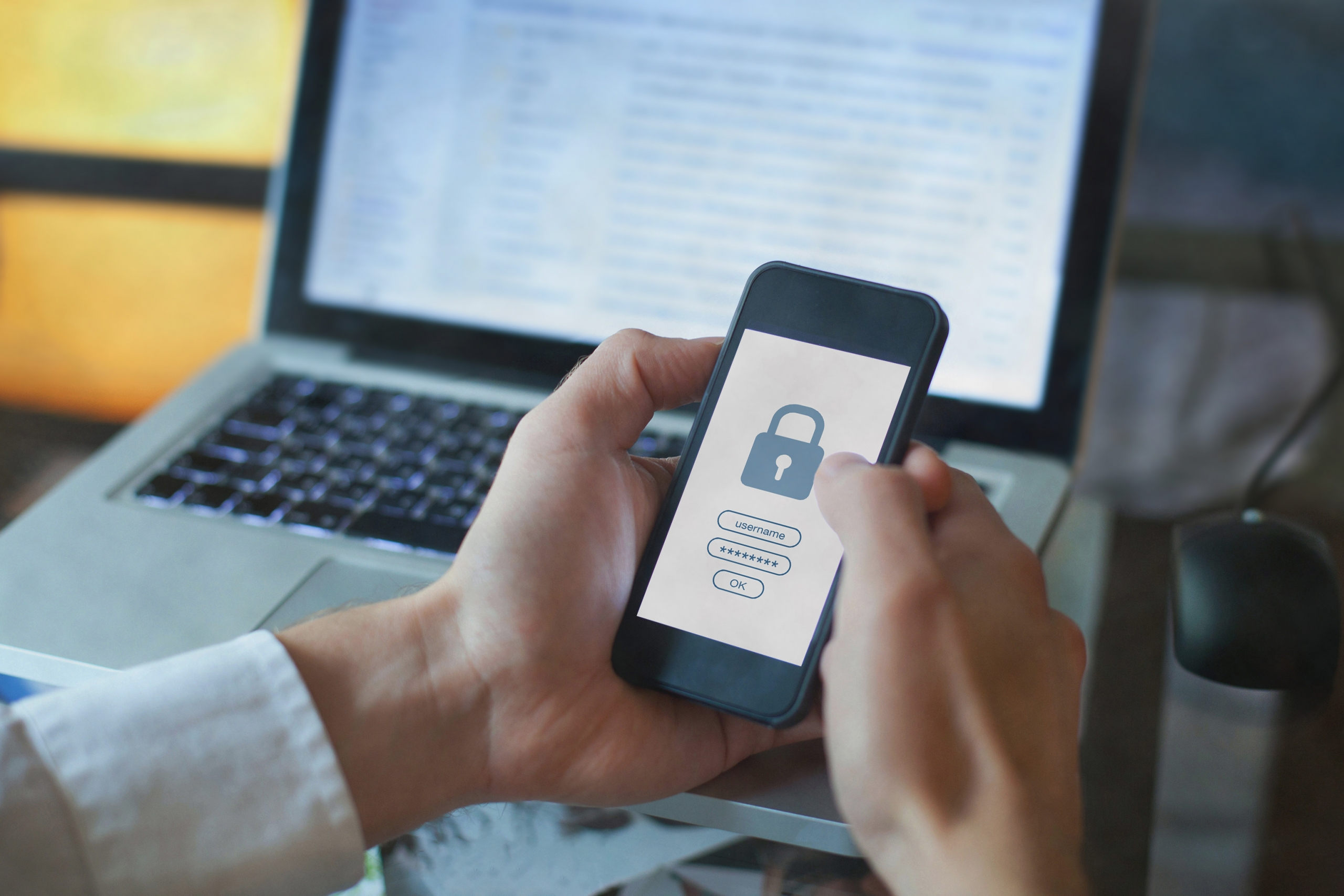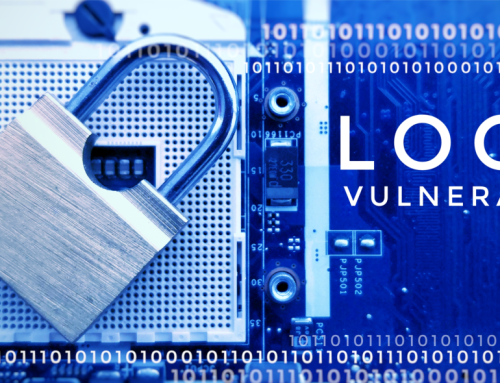An unprecedented amount of remote employees and their devices have required a change in cybersecurity protection from enterprises.
With large amounts of remote employees using devices from home, the 2020 pandemic brought forward a unique situation for enterprises and their cybersecurity approach. Remote operations have become the norm and will likely stay that way for the foreseeable future.
One of the biggest hurdles for companies over the last year has been adjusting to this new way of operating. Enterprises have moved from a well-defined and predictable infrastructure in-office to many remote users signing in from many different access points.
This has proven to be a challenge for companies to continue delivering adequate cybersecurity protections at an unprecedented scale and speed while maintaining best practices.
Because of this unique situation, cybersecurity professionals have learned a lot over the last year. Here are some of the key takeaways.
New Boundaries Must Be Identified
Zero trust and security access service edge (SASE) principles have become the new norm since the pandemic. Even with many remote users, security professionals can employ rapid and effective responses with solid identity and access management capabilities, insights into services and APIs, and visibility into remote endpoint devices. However, access must be closely monitored with this new perimeter extending out to sensitive and confidential data.
Through security technology capabilities and processes, access can be monitored. This includes maintaining visibility about who has access to which information, from where, and how they can access it.

Crisis Breeds Innovation
One of the pandemic benefits has been the forced investment into the cloud, connectivity, automation, and innovation. As a result, what would typically take years to develop has been achieved in a much shorter period.
Organizations with prepared security teams, thorough processes, and support from the right technology could better adapt to the unique circumstances. Organizations with inflexible systems found it far more challenging. An ability to quickly adjust to new security capabilities has proven to be essential.
68% of major public and private organizations plan to increase their cybersecurity spending, according to data gathered by LearnBonds. This new data proves how the pandemic has encouraged businesses to invest in protection further.

Awareness is Crucial
The pandemic has changed the cybersecurity landscape for the long haul. However, with many employees still working remote—and likely to continue doing so—risks and challenges will continue to evolve.
The nature of remote work makes it difficult for security teams to monitor intentional threats closely. Enterprises also run the risk of well-meaning employees shrugging off security measures for the sake of convenience. Companies must promote cybersecurity awareness and best practices among their employees. By encouraging education, enterprises can help employees recognize threats and empower them to be the first line of defense.
What’s Next
A lot has changed for businesses since the pandemic hit. While cybersecurity’s core principles and fundamentals remain the same, enterprises must continue to adapt and invest in the technology and operations necessary to mitigate risk. In addition, as roles and functions will continue to evolve, enterprises should focus on promoting education among employees, investing in their cybersecurity teams, and remaining flexible to a changing landscape.
Share This Story, Choose Your Platform!
Let’s have a 15-minute video call
We are now taking on new clients.






